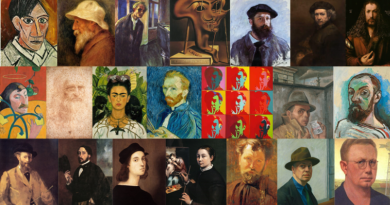Yearbooks
A yearbook is a type of a book published annually. One use is to record, highlight, and commemorate the past year of a school.
Watch
Guess Who?
History
The Early Years: Birth of the Yearbook
The concept of yearbooks can be traced back to the early 17th century, when schools began recording student achievements and academic progress. Initially, these were simple logbooks or ledger-style publications used primarily by educational institutions. Their purpose was to keep track of student enrollments, grades, and other relevant information.
Emergence of Student Contributions
As education systems evolved and student life became more vibrant, yearbooks started to include contributions from the students themselves. In the late 19th century, students began adding personal photographs, stories, poems, and artwork to the pages, transforming the yearbook into a collaborative endeavor that captured the spirit of their school community.
The Golden Age: Expansion and Innovation
The early 20th century marked the golden age of yearbooks. With advancements in printing technology, yearbooks grew in size, allowing for more content and creative layouts. Schools started experimenting with different themes, cover designs, and section divisions to reflect the diverse interests and activities of their students.
Photography and Visual Appeal
The introduction of photography revolutionized yearbooks, adding a new dimension of visual appeal. By the mid-20th century, high-quality photographs became a prominent feature, capturing candid moments, formal portraits, and group shots. Yearbook staff began exploring artistic composition, experimenting with filters, and arranging photographs in innovative ways, enhancing the overall aesthetic.
The Digital Revolution
With the advent of the digital age, yearbooks took on a whole new dimension. Online yearbook platforms allowed for interactive features, multimedia content, and easy customization. Digital yearbooks became a popular choice, offering flexibility in design, enhanced accessibility, and the ability to easily share and preserve memories across various platforms.




